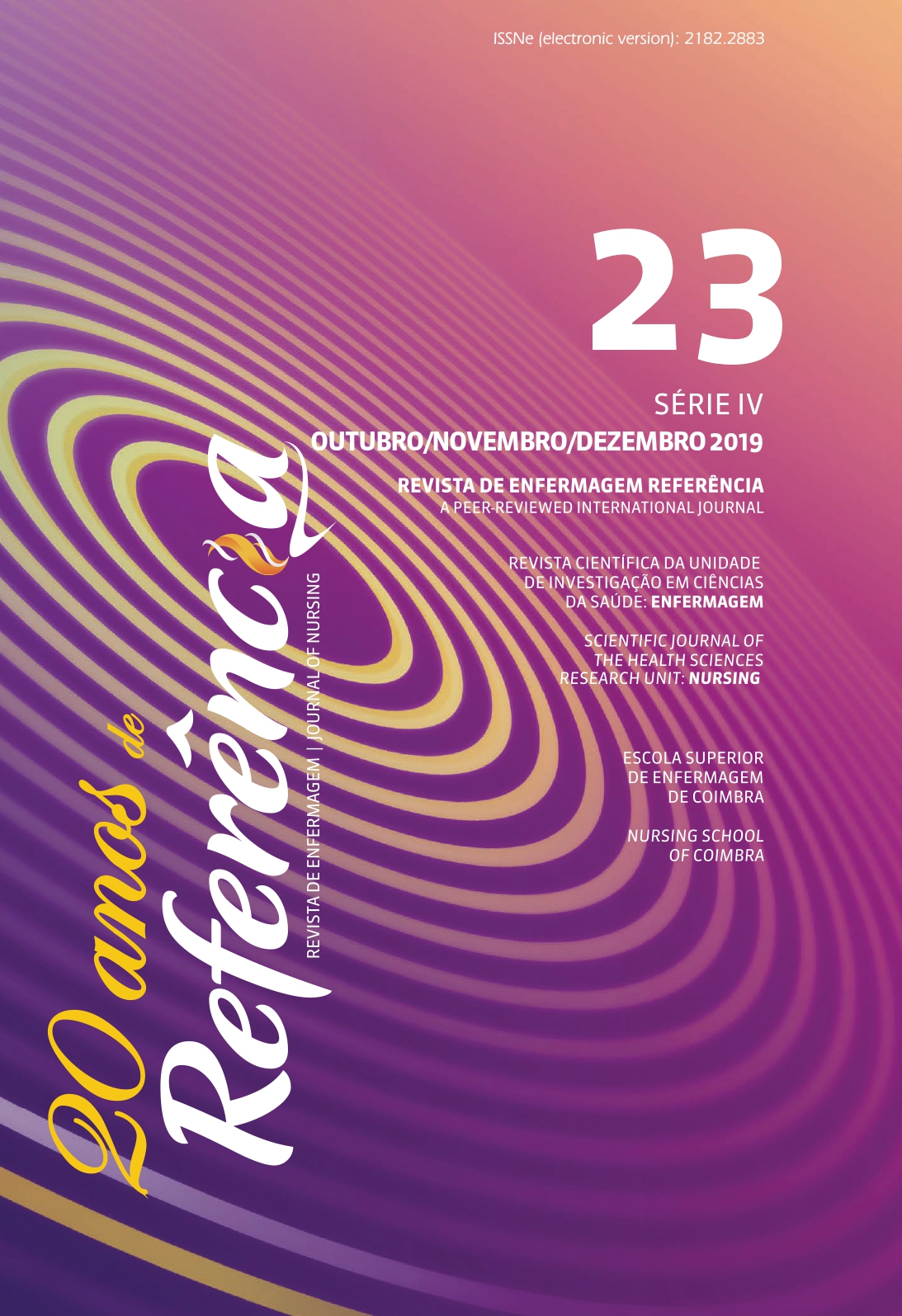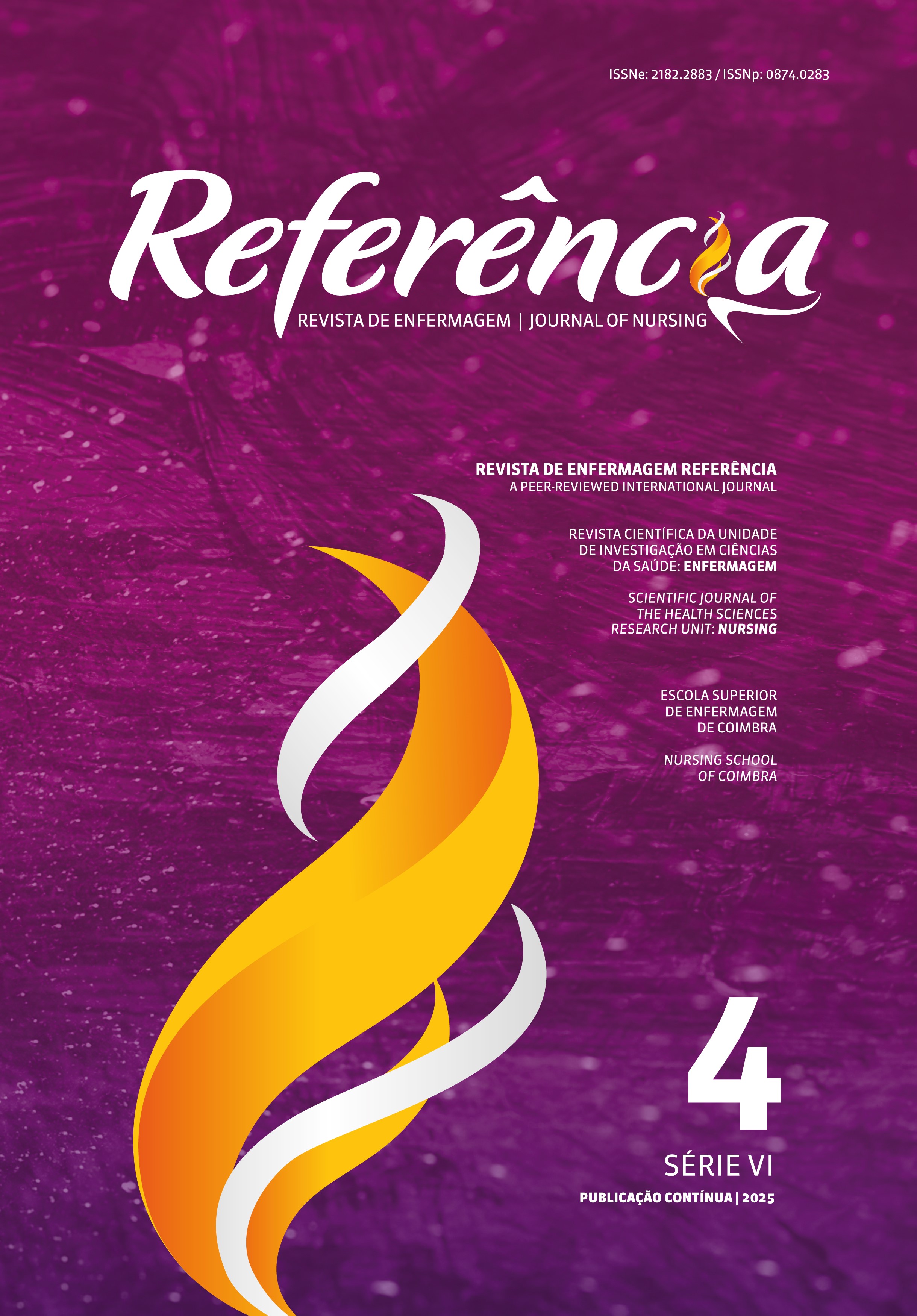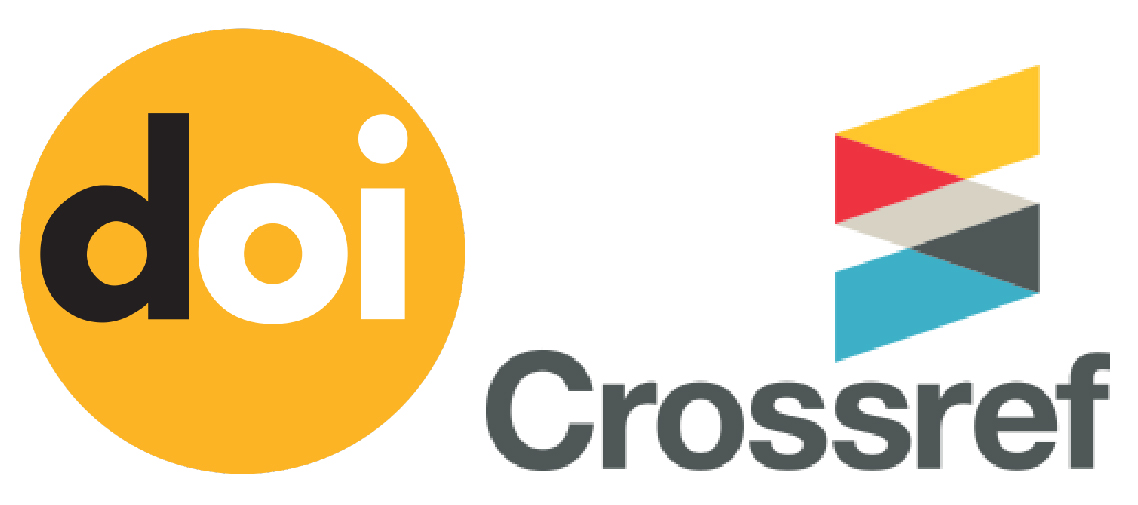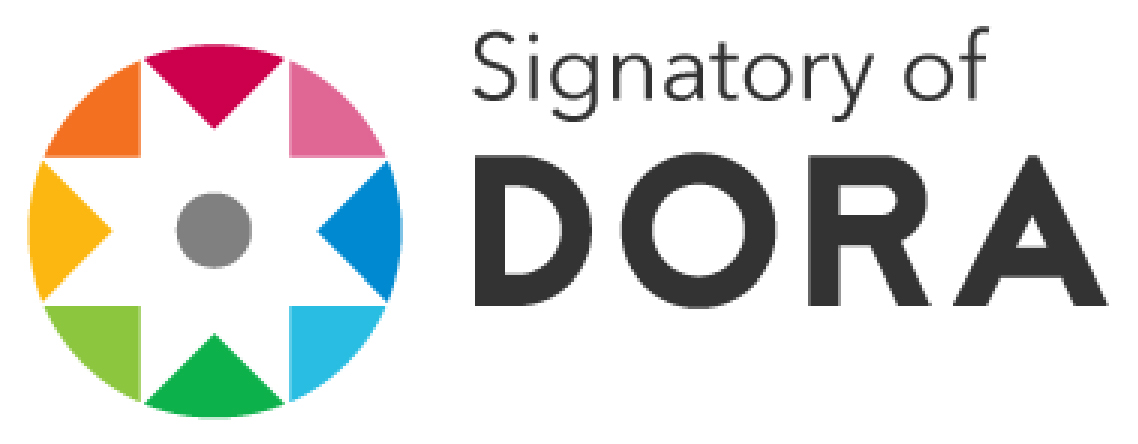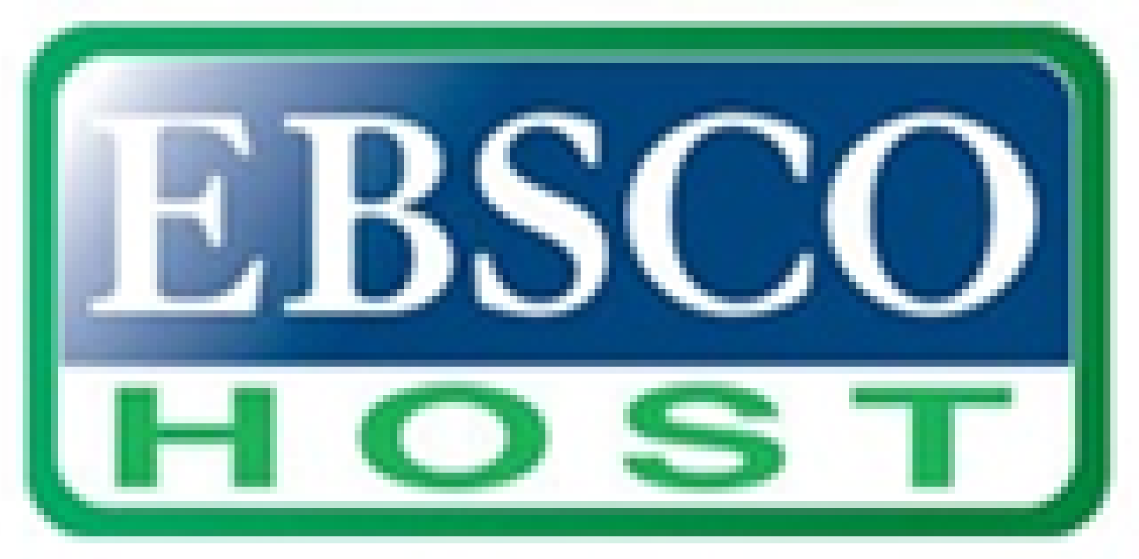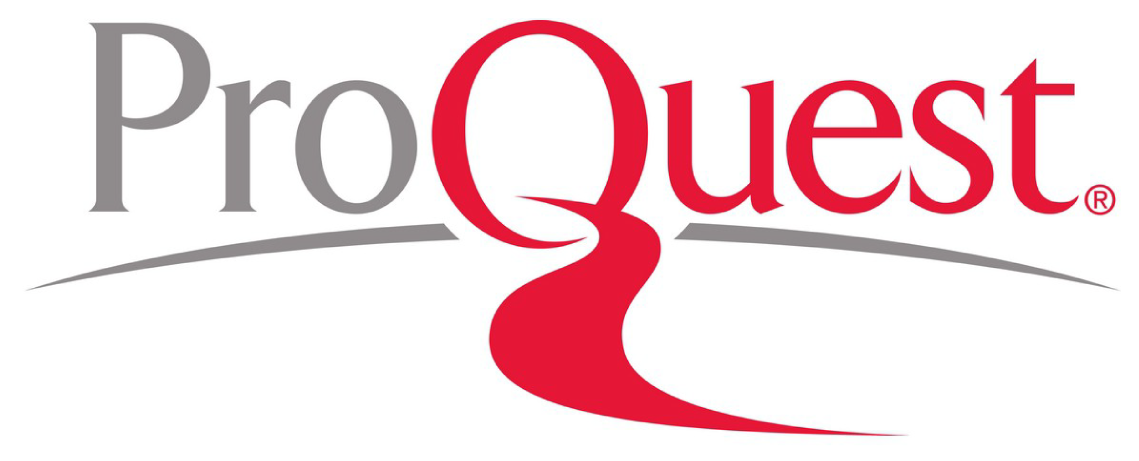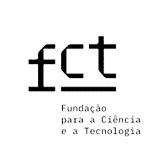Translation and cross-cultural adaptation of evidence-based practice instruments for Portuguese nursing students
DOI:
https://doi.org/10.12707/RIV19058Keywords:
validation studies, evidence-based practice, education, nursing, students, nursingAbstract
Background: The implementation of evidence-based practice (EBP) in clinical contexts is recommended due to its positive impact on health, but it remains under the desirable. The training of undergraduate nursing students in the use of EBP is crucial, and, for that, there must be valid and reliable measures of EBP learning.
Objective: To translate and to cross-cultural adapt into European Portuguese of the EBP Beliefs Scale (EBPB), EBP Implementation Scale for Students (EBPI-S), and Organizational Culture & Readiness for School-wide Integration of Evidence-based Practice Survey for Students (OCRSIEP-ES).
Methodology: Translation and cross-cultural adaptation according to international recommendations. Preliminary validation in Portuguese undergraduate nursing students from nine institutions.
Results: In the pre-final versions of the instruments, the participants suggested including the optional answer “I do not have sufficient knowledge to be able to answer” and increasing the recall period in the EBPI-S instrument. Phase 2 included 167 participants. The α for EBPB, EBPI-S, and OCRSIEP-ES was 0.854, 0.943, and 0.970, respectively.
Conclusion: Preliminary results showed good internal consistency. Further validation studies with robust samples are required to test the reliability and validity of the instruments.
Downloads
References
Beaton, D. E., Bombardier, C., Guillemin, F., & Ferraz, M. B. (2000). Guidelines for the process of cross-cultural adaptation of self-report measures. Spine, 25(24), 3186-3191. doi:10.1097/00007632-200012150-00014
Blair, E., & Burton, S. (1987). Cognitive processes used by survey respondents to answer behavioral frequency questions. Journal of Consumer Research, 14(2), 280-288. doi:10.1086/209112
Brown, N. R. (2002). Encoding, representing, and estimating event frequencies: A multiple strategy perspective. Em P. Sedlmeier & T. Betsch (Eds.), Frequency processing and cognition (pp. 37-54). New York, NY: Oxford University Press.
Clarke, P. M., Fiebig, D. G., & Gerdtham, U. G. (2008). Optimal recall length in survey design. Journal of Health Economics, 27(5), 1275-1284. doi:10.1016/j.jhealeco.2008.05.012
Dawes, M., Summerskill, W., Glasziou, P., Cartabellotta, A., Martin, J., Hopayian, K., ... Osborne, J. (2005). Sicily statement on evidence-based practice. BMC Medical Education, 5(1), 1. doi:10.1186/1472-6920-5-1
DeVellis, R. F. (2016). Scale development: Theory and applications (Vol. 26, 4th ed.). Thousand Oaks, CA: Sage publications.
Duncombe, D. (2018). A multi-institutional study of the perceived barriers and facilitators to implementing evidence-based practice. Journal of Clinical Nursing, 27(5-6), 1216-1226. doi:10.1111/jocn.14168
Fineout-Overholt, E. (2018). ARCC-E EBP in education scales: Scoring & interpretation monograph. Hallsville, TX: Author.
International Council of Nurses. (2012). Closing the gap: From evidence to action. Geneva: Autor.
Melnyk, B., Fineout-Overholt, E., Feinstein, N., Li, H., Small, L., Wilcox, L., & Kraus, R. (2004). Nurses’perceived knowledge, beliefs, skills, and needs regarding evidence-based practice: Implications for accelerating the paradigm shift. Worldview on Evidence-Based Nursing, 1(3), 185-193. doi:10.1111/j.1524-475X.2004.04024.x
Melnyk, B. M., Fineout-Overholt, E., Gallagher-Ford, L., & Kaplan, L. (2012). The state of evidence-based practice in US nurses: Critical implications for nurse leaders and educators. Journal of Nursing Administration, 42(9), 410-417. doi:10.1097/NNA.0b013e3182664e0a
Melnyk, B. M., Gallagher‐Ford, L., Long, L. E., & Fineout‐Overholt, E. (2014). The establishment of evidence‐based practice competencies for practicing registered nurses and advanced practice nurses in real‐world clinical settings: Proficiencies to improve healthcare quality, reliability, patient outcomes, and costs. Worldviews on Evidence‐Based Nursing, 11(1), 5-15. doi: 10.1111/wvn.12021
Pereira, R., Cardoso, M., & Martins, M. (2012). Atitudes e barreiras a pratica de enfermagem baseada na evidencia em contexto comunitário. Revista de Enfermagem Referência, 3(7), 55-62. doi:10.12707/RIII11146
Pearson, A., Jordan, Z., & Munn, Z. (2012). Translational science and evidence-based healthcare: A clarification and reconceptualization of how knowledge is generated and used in healthcare. Nursing Research and Practice, 2012. doi:10.1155/2012/792519
Solomons, N. M., & Spross, J. A. (2011). Evidence-based practice barriers and facilitators from a continuous quality improvement perspective: An integrative review. Journal of Nursing Management, 19(1), 109-120. doi:10.1111/j.1365-2834.2010.01144.x
Streiner, D. L., & Norman, G. R. (2008). Health measurement scales: A practical guide to their development and use (4th ed.). New York, NY: Oxford University Press.
Stull, D. E., Leidy, N. K., Parasuraman, B., & Chassany, O. (2009). Optimal recall periods for patient-reported outcomes: Challenges and potential solutions. Current Medical Research and Opinion, 25(4), 929-942. doi:10.1185/03007990902774765
Tilson, J. K., Kaplan, S. L., Harris, J. L., Hutchinson, A., Ilic, D., Niederman, R., ... Zwolsman, S. E. (2011). Sicily statement on classification and development of evidence-based practice learning assessment tools. BMC Medical Education, 11(1), 78. doi:10.1186/1472-6920-11-78
World Health Organization. (2015). European strategic 12 Revista de Enfermagem Referência - IV - n.º 23 -2019 Tradução e adaptação de instrumentos sobre prática baseada na evidência para estudantes de enfermagem portugueses directions for strengthening nursing and midwifery towards health 2020 goals. Copenhagen, Denmark: Autor. Recuperado de http://www.euro.who.int/__data/assets/pdf_file/0004/274306/European-strategic-directions-strengthening-nursing-midwifery-Health2020_en-REV1.pdf?ua=1

